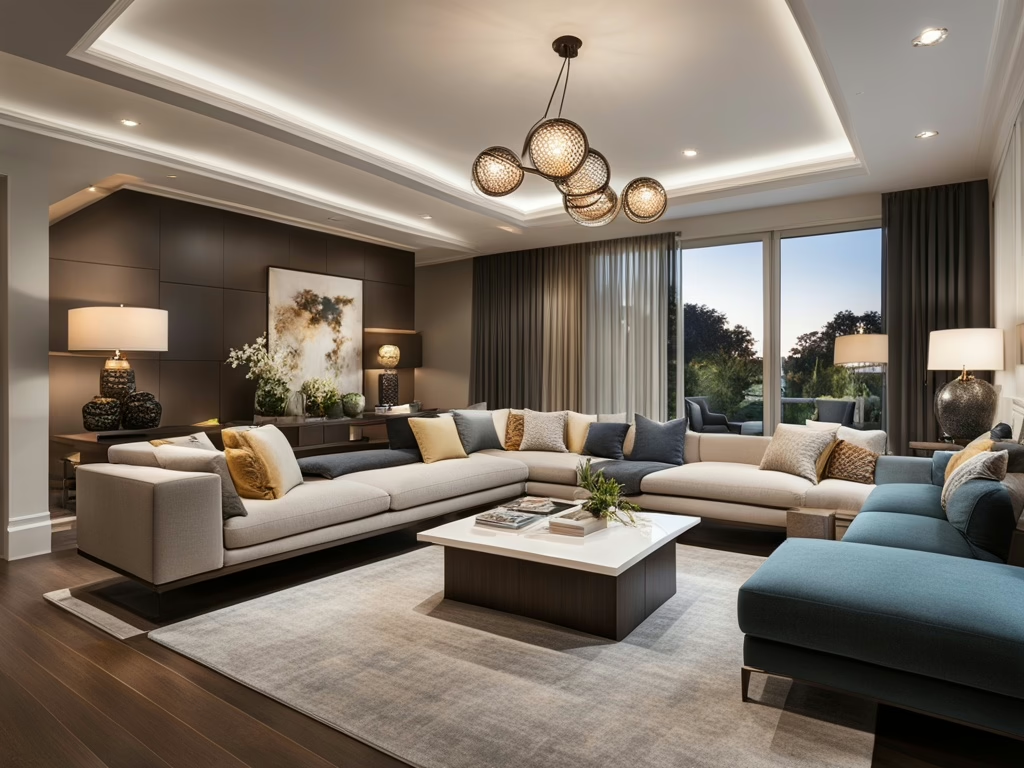
Color has the power to influence mood, evoke emotions, and transform a space. Whether you want to create a calm, energizing, or uplifting atmosphere, understanding the best use of color in interior design can make a significant impact.
The Psychology of Color in Interior Design
Each color triggers a specific psychological response. Here’s how different colors affect emotions:
- Blue – Calming, promotes relaxation and productivity (great for bedrooms and offices).
- Green – Refreshing, associated with nature and balance (ideal for living rooms and wellness spaces).
- Yellow – Energizing, evokes happiness and warmth (best for kitchens and entryways).
- Red – Stimulating, encourages excitement and passion (works well in dining rooms or accent walls).
- Purple – Luxurious, adds depth and creativity (suitable for bedrooms and creative spaces).
- Neutrals (White, Gray, Beige) – Timeless and sophisticated, creating an open, airy feel.
Best Color Strategies for Different Spaces
- Living Rooms: Warm tones like earthy greens and rich blues promote relaxation.
- Bedrooms: Soft pastels and muted shades enhance tranquility.
- Kitchens: Bold accents of yellow or red encourage sociability and appetite.
- Home Offices: Cool tones like blue and gray improve concentration.
Tips for Using Color to Enhance Emotion
- Layer tones for depth (e.g., combining various shades of blue).
- Use accent walls to add drama without overwhelming the space.
- Consider natural light, which affects how colors appear throughout the day.
Final Thoughts
Choosing the right color palette is crucial for setting the mood in any room. The best use of color can enhance happiness, relaxation, and energy, transforming interiors into emotionally uplifting spaces.
🔗 Join Our Private Facebook Group: Interior Design/Home Staging Business Incubator for expert insights.
🔗 Learn More About Interior Design: The Academy of Home Staging & Design